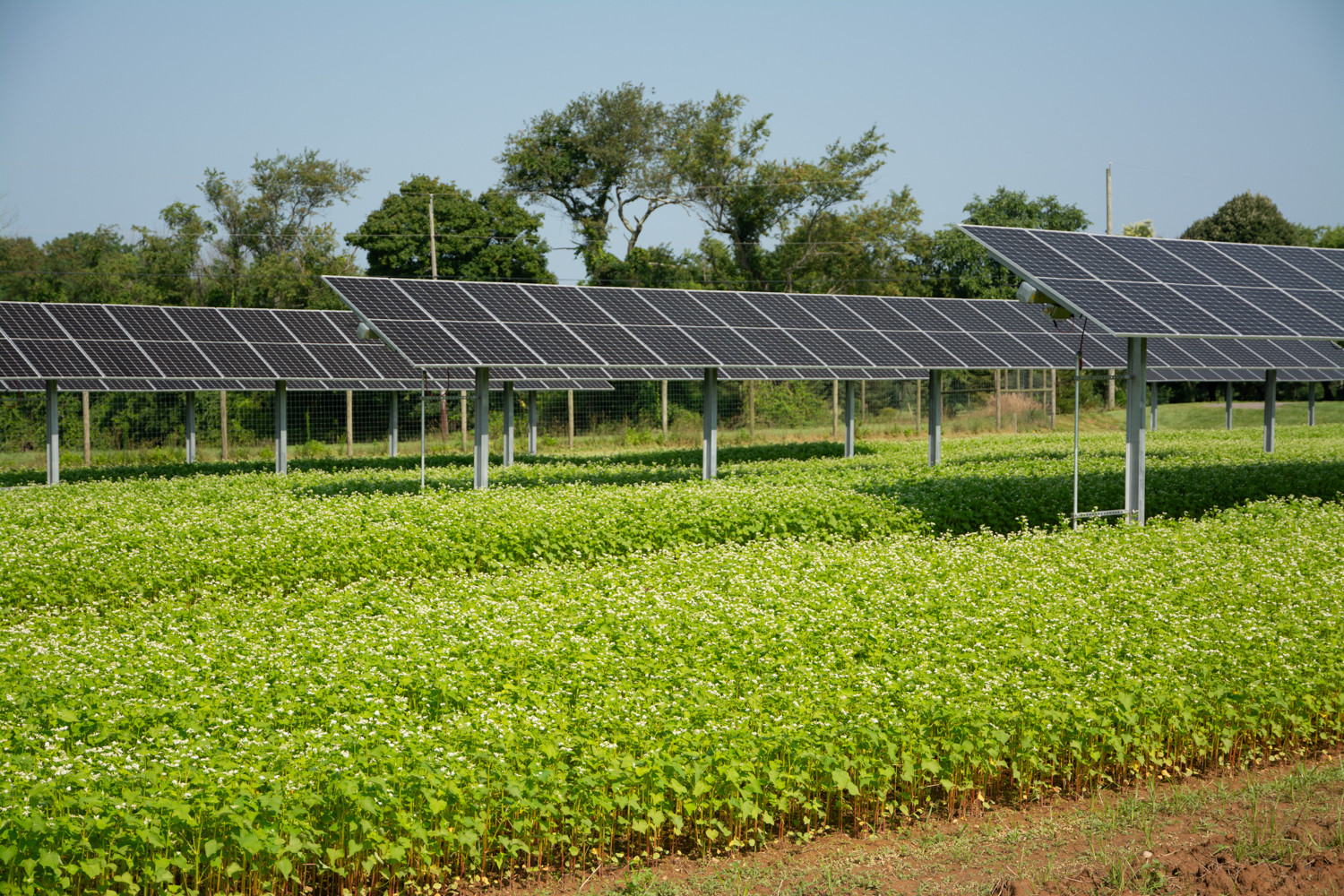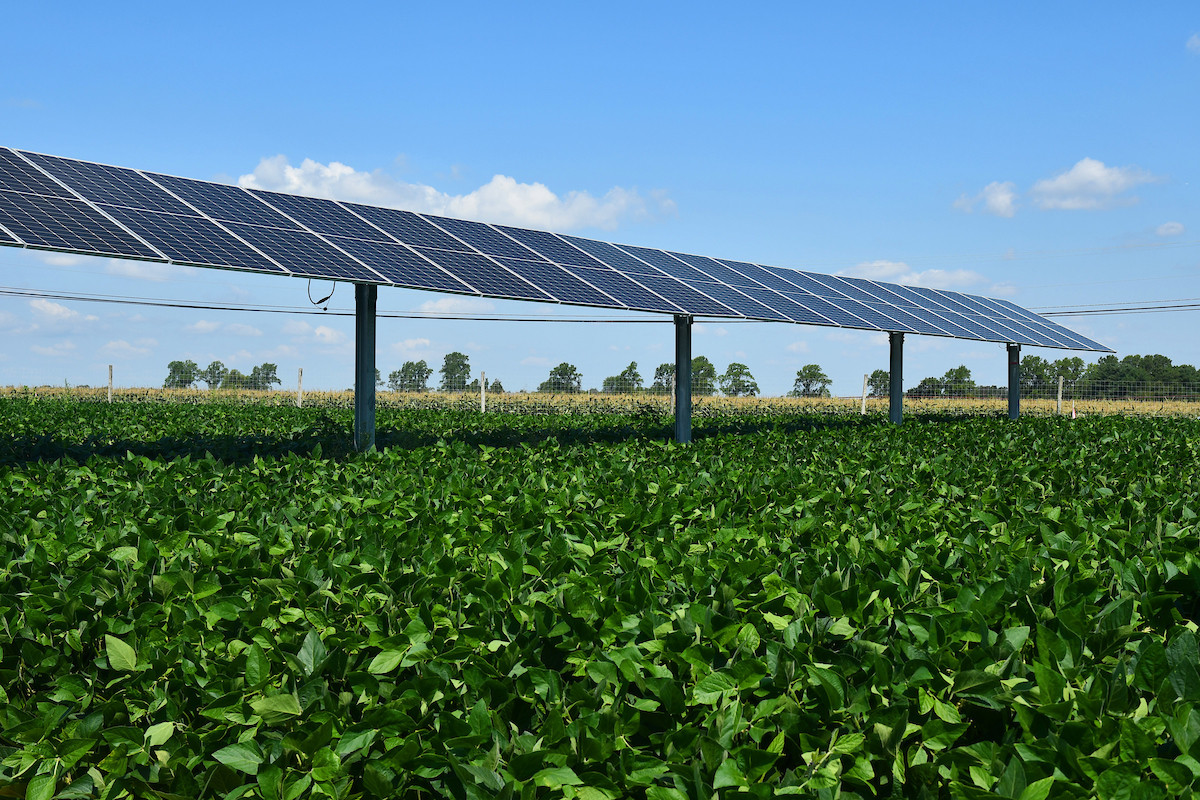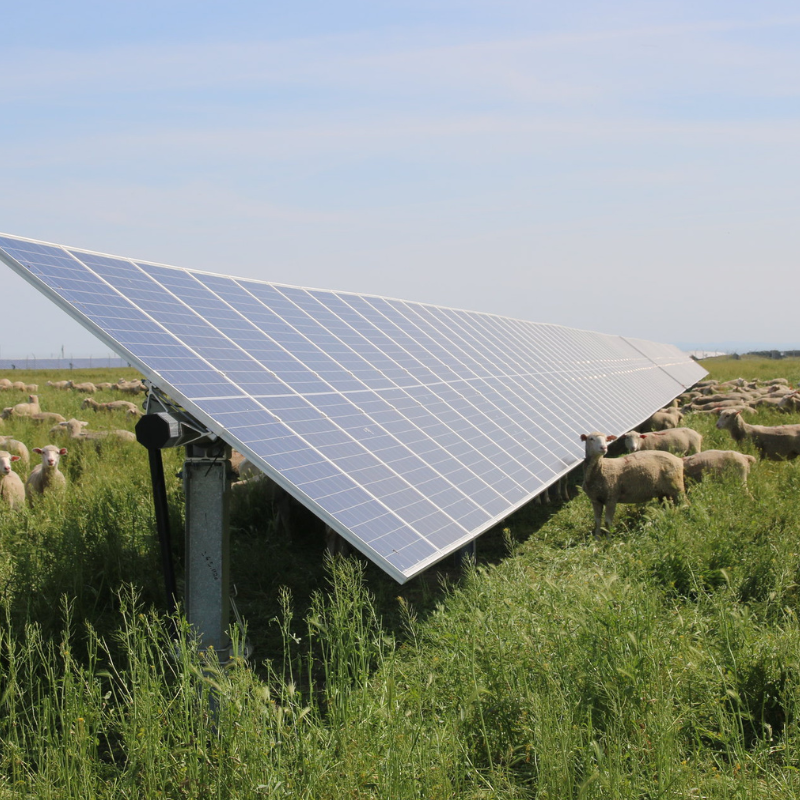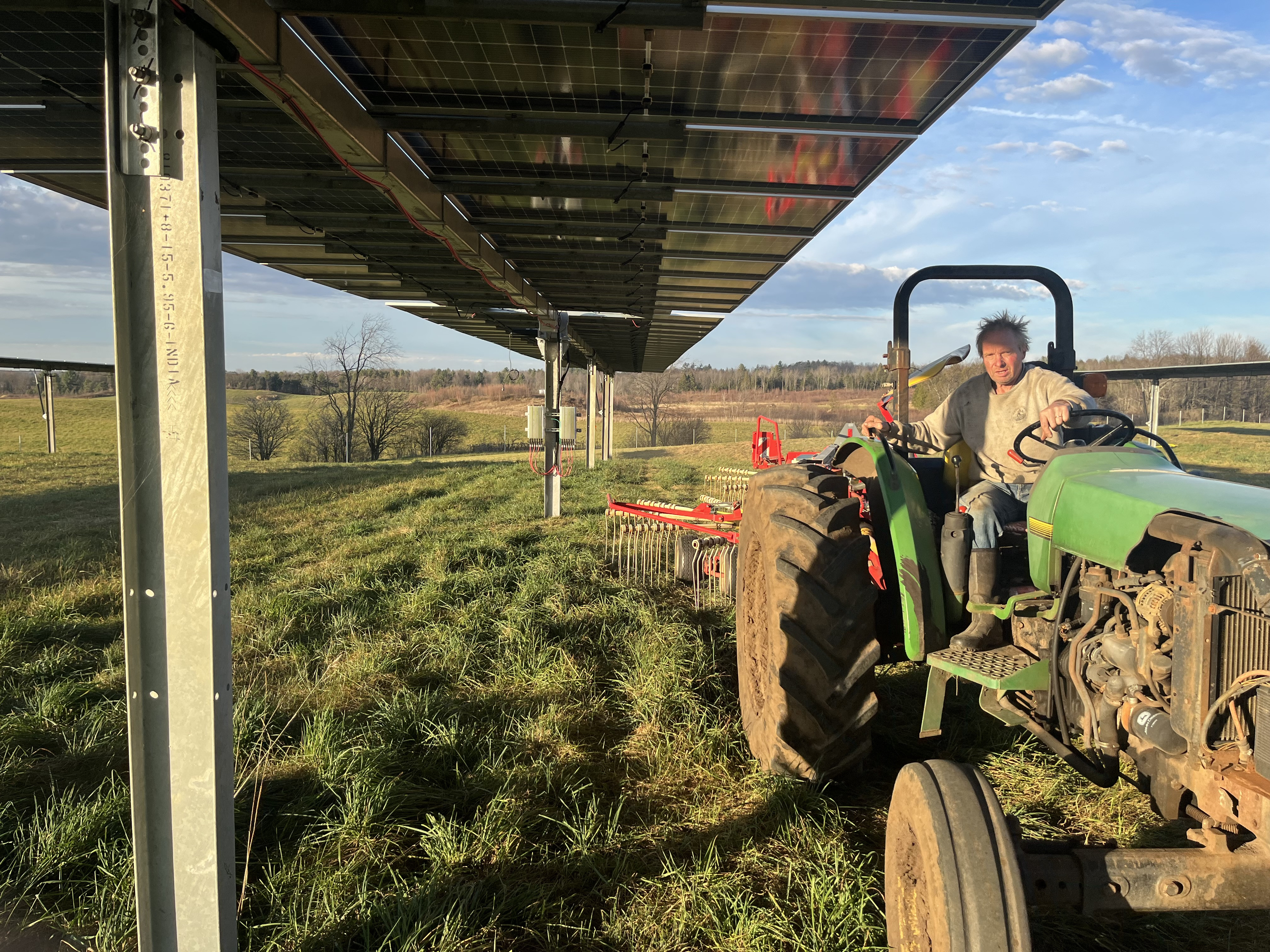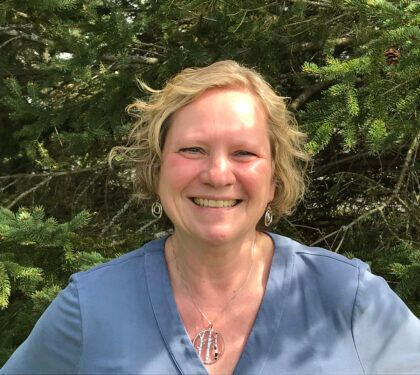New York Smart Solar℠
Through the Climate Leadership and Community Protection Act, New York’s Renewable Energy goals have increased demand for land to site solar and wind projects, with farmland being the first-choice site for solar.
Research by AFT, the U.S. Department of Energy and Cornell University all found that approximately 80% of solar development will occur on farmland because it is typically flat, cleared, and close to transmission lines. Given existing pressure on New York’s farmland from low density residential development, or urban sprawl, AFT is invested in balancing renewable energy goals with keeping land in farming.
In New York, AFT is working with state agencies, legislators, a variety of partners – including land trusts and environmental groups, as well as some developers – to minimize the impact of solar development on productive farmland.

